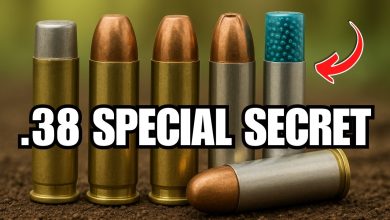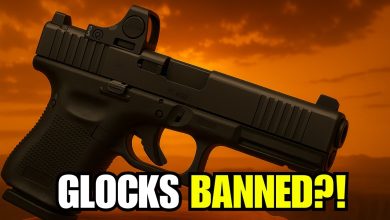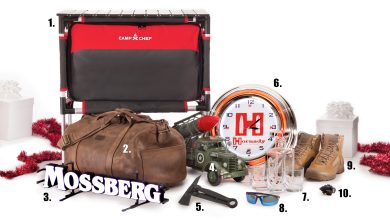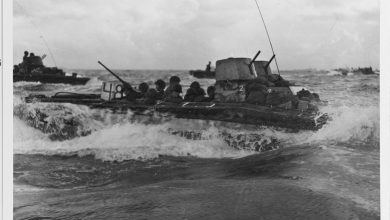Do You Know How To Shoot?
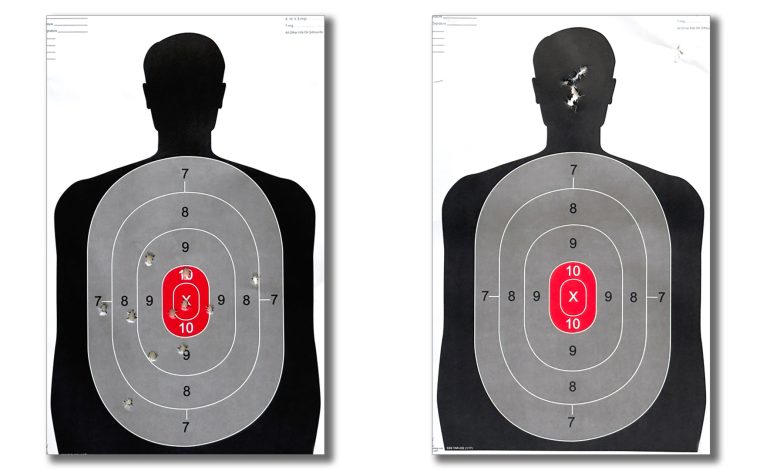
If you go to any public range on a Saturday afternoon and ask the people on the firing line if they “know how to shoot,” and chances are, you’ll receive some form of the following answers:
“No, but I’m here with my friend/relative/trainer to learn to shoot.”
“Sort of. I could be better.”
“Yeah, I know how to shoot.”
The problem here is how we define “knowing how to shoot?” Law enforcement and the military have their standards which may or may not have any relevance to the armed citizen. Knowing how to shoot sporting clays with an over/under shotgun is completely different than knowing how to use a defensive shotgun. Answering the question “Do you know how to shoot?” requires us to both define what we consider “knowing how to shoot” and creating a plan to achieve that goal. For our purposes, though, we’re going to talk about “knowing how to shoot” as it applies to using a defensive pistol.
It Starts With Knowing The Rules
First and foremost, knowing how to shoot means ruthlessly applying the rules of gun safety every time we are around a firearm. No matter if it’s Gunsite’s Four Rules or the NRA’s Three Rules, they have to be followed in every way, without exceptions. I have had people who say they “know how to shoot” show up to a training class and then point loaded guns at themselves and other people. I have had to remind people with years and years of experience in the military or law enforcement not to touch their guns while there are people in front of their muzzle. The list goes on and on. If you’re not rigorously adhering to the commonly accepted rules of gun safety when guns are in your environment, you don’t know how to shoot. Period, end of story.
If, however, those rules are a part of your life, congratulations and keep it up. Now the question is, which standards of marksmanship are indicative of someone who “knows how to shoot?” This is a thorny question, as opinions vary widely on what is considered to be acceptable marksmanship. A top-level competitor in practical pistol would say that a two second Bill Drill or a 1.5 second Failure to Stop drill is a sign that someone “knows how to shoot.” This level of performance, however, is achievable only by people at the very top levels of these sports. The people on the public ranges might tell you that they can put all their shots on a B-27 silhouette at 5 yards and even get a few in the upper torso, so yes, they will tell you they know how to shoot.
“See, I got one in the X Ring! I know how to shoot!”
How do we reconcile the wide gap between these two goals? I think the answer lies in what level of on-demand performance we can demonstrate under the artificial stress, like that of a shot timer. What shot can you make on-demand, and can you consistently repeat that level of performance? This is true of almost any physical activity, not just shooting. A NASCAR driver’s level of repeatable driving skill is far above mine, and Tiger Woods’s day-after-day performance on the golf course is far beyond what the average Saturday afternoon duffer can do on the 14th hole at their local club.
On-Demand Performance Is The Key
The question then becomes, what levels of on-demand consistently indicate that someone knows how to shoot? Well, for defensive pistol, the first sign of consistent performance would be consistently having a defensive pistol on you at all times. If the goal is to be competent if a pistol is needed to defend your life, competency begins with having a pistol with you whenever possible. I mean, we wouldn’t consider a NASCAR driver to be competent if he showed up at a race without a car, would we? Same is true with a defensive pistol, except we don’t get to decide when it will be race day.
Secondly, we need to be able to consistently make shots that would be useful in a lethal force encounter. The term “Three seconds, three shots, three yards” is bandied about in the defensive training world and is a good starting point. Three seconds, three yards into a portion of the target (say, upper chest, about the distance between the bottom of the pericardial sac and top of the aortic arch) is even better.
The keyword is consistency: Consistent adherence to the four rules of gun safety, and consistent, repeatable on-demand performance. Your level of performance may rise as fall as you practice (Or don’t practice: Ask me how I know this.), but when it comes to the defensive pistol, if you consistently carry your gun and can make the shot when it’s needed and then can do it again and again, you know how to shoot. The question becomes, is that enough, or do you want to get better, and what is holding you back from that goal? We’ll talk about that in an upcoming article.
Read the full article here





